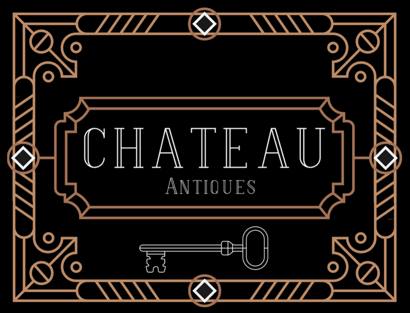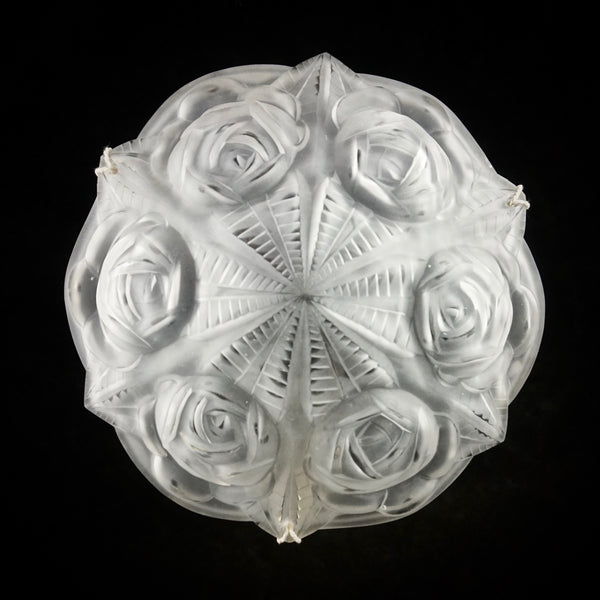Art Deco – Bringing Artistic Inspiration to the Homes of Many
World War I left a permanent mark not only on the lives and fortunes of millions, but also on the fundamental way the production and distribution of art was to be viewed henceforth. Gone were the days of organic and asymmetrical shapes championed by Frances' Art Nouveau as artists’ attentions were drawn to new materials and refined industrial processes which the war helped create. Modern technology became both the new source of inspiration as well as the main driving force behind the movement, allowing for production on a grander scale that saw artful pieces enter the homes of many more people than ever before.
The style or movement received its name thanks to a 1925 exposition held in Paris, the “Exposition Internationale des Arts Decoratifs Industriels et Modernes” which was organised by “La Societe des Artistes Decorateurs” or Society of Decorator Artists, but the name wasn’t really adopted as such until art critics started using it to refer to the period at the end of the 1960s.
With an ingrained appreciation for technological advancements and the power of machines to produce what the artist has visualised quickly and in quantity, it is no wonder that Art Deco is characterised by a return to more rigid geometry and symmetry. This wasn’t just a rebellion against pre-war sensibilities, but more of a return to time-tested motifs coupled with influences from other cultures and contemporary art movements.
Greek, Egyptian and Aztec designs clearly served as inspiration for vases, lamps, spelter sculptures and other smaller decorative pieces. On the other hand, one can detect the distinct appreciation for cubism in its right-angled and rigidly-shaped furniture items, and a nod to fauvism present in the vibrant, sometimes garish colour palettes of ceramics and Art Deco vases from France and elsewhere as well.
Early on, the extensive use of luxury materials to produce furniture and utilitarian items that were purely ornamental in nature, or where the ornament took precedence over an item’s functionality was adopted. As the artistic presence of the style became more commonplace however, a shift occurred both in the materials used and in regards to the intended audience it was catering to.
For example, silver and crystal chandeliers and lacquered furniture were replaced by counterparts made of brass, glass and an array of new plastics, reducing the items’ cost and making them accessible to a wider audience, particularly the emerging middle class that had an appetite for culture and the means to acquire at least a piece of it at a time. This turned out to be a lucrative decision as the public’s aesthetic sensibilities, influenced by a resurgence of appreciation for art in general and painting, sculpture and fashion in particular, were perfectly in tune with the style.
By the middle of the 30s the style began to decline however. The next Exposition held in 1937 was to mark its end as it was much smaller in scope and focused mainly on France’s technological advances. Still, Art Deco was one of the most prolific styles of the 20th century and had a direct impact on pop culture and contemporary art, not to mention the accessibility of art we can enjoy today.
ChateauAntiques December 2016




Chateau Antiques
Author